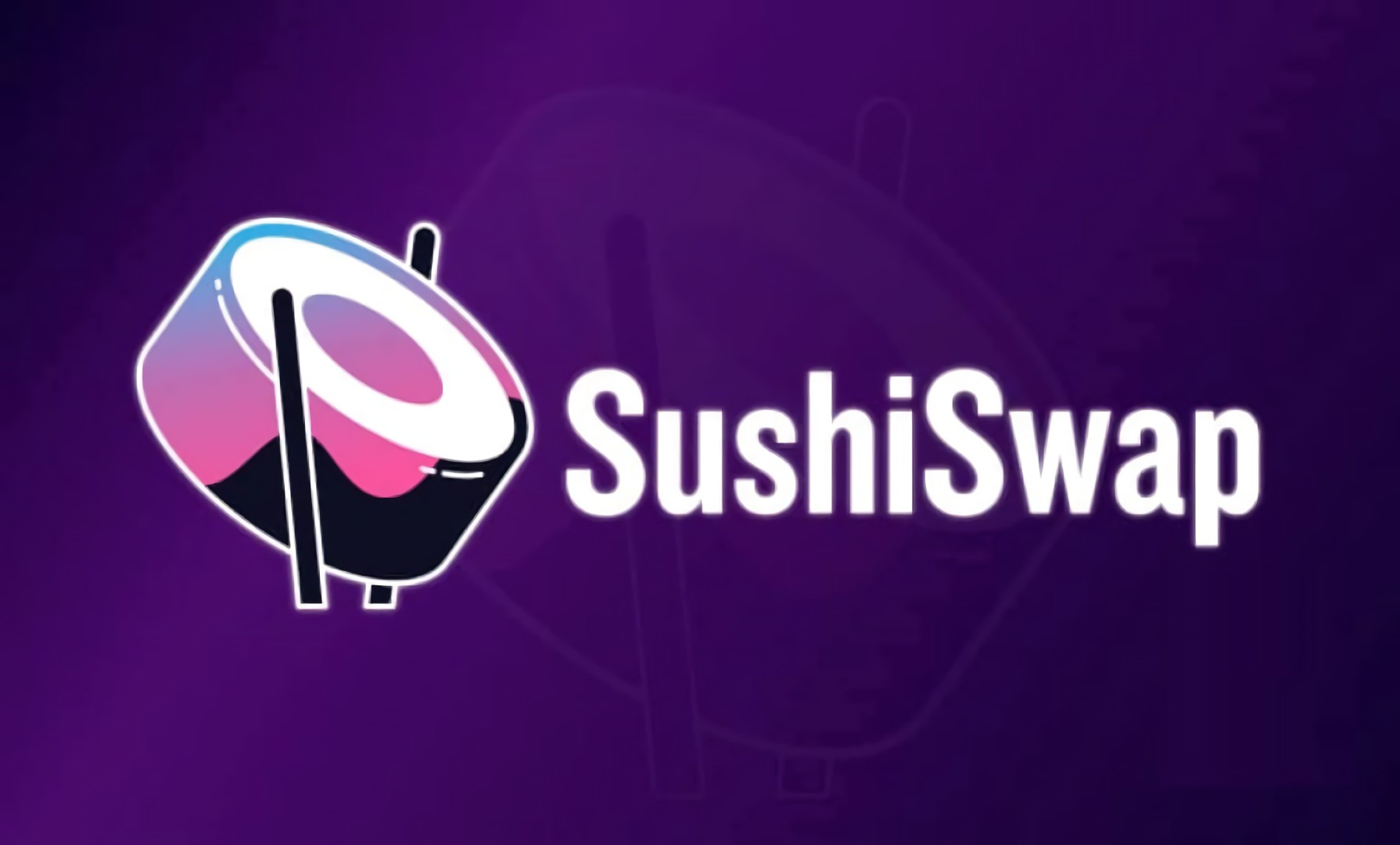A Decentralized Exchange Showdown
In the dynamic world of decentralized exchanges (DEX), the rivalry between Uniswap (UNI) and Sushiswap (SUSHI) takes center stage. Uniswap vs Sushiswap, a seasoned player since 2018, faces off against the newer, innovative Sushiswap. Let’s explore now the key differences helping you choose the right decentralized crypto exchange for your needs or next investment.
Uniwap Overview
Uniswap, a pioneer in the decentralized crypto exchange space, has been facilitating ERC-20 token trading on Ethereum since its inception in 2018. Boasting low fees and a user-friendly interface, Uniswap has garnered substantial trust and market share. What’s more, operating on Ethereum, Polygon, and Optimism, Uniswap offers a decentralized platform for trading without the need for user accounts, ensuring privacy.

Key Features of Uniswap
- Automated Market Maker (AMM)
One of the key features of Uniswap is that it operates as an AMM, allowing users to trade tokens directly through smart contracts.
- Liquidity Pool Farming
Users can participate in liquidity pool farming, contributing to the platform’s liquidity and earning rewards.
- Web3 Wallet Integration
Trading on Uniswap can be executed through a Web3 wallet, providing a seamless user experience.
- Low Fees
Uniswap charges a 0.1% fee on all transactions, making it an attractive option for cost-conscious traders.
- Multiple Chain Support
Uniswap has expanded its reach beyond Ethereum and operates on Polygon and Optimism, enhancing its accessibility.
- UNI Token
Introduced in 2020, the UNI token serves as a governance token, allowing holders to vote on platform developments, including changes to fee structures.
Sushiswap: Innovation and the “Vampire Attack”
In contrast, Sushiswap emerged in September 2020 as a fork of Uniswap, introducing unique features and serving as a multi-chain solution. Led by a pseudonymous developer named Chef Nomi, Sushiswap’s strategy involved a bold move known as a “vampire attack” on Uniswap. This aims to siphon liquidity and alter the decentralized finance (DeFi) landscape.

Key Features of Sushiswap
- Multi-Chain Support
One of the key features of Sushiswap is that it operates across multiple blockchains, including Ethereum, Fantom, Avalanche, Optimism, and more, offering users a broader range of options.
- Innovative Features
Sushiswap distinguishes itself with features like Kashi Lending, enabling users to stake LP tokens for additional rewards.
- Fee Structure
Sushiswap imposes a slightly higher fee of 0.3% on all trades, but it introduces a liquidity mining program rewarding users with SUSHI tokens for providing liquidity. From this 0.3% 0.25% goes directly to LP rewards.
- SushiXSwap
Sushiswap recently introduced SushiXSwap, the first DEX enabling cross-chain swaps and trades within a single user interface.
The “Vampire Attack” and its Impact
The Sushiswap “vampire attack” on Uniswap in 2020 marked a pivotal moment in the DeFi community. Chef Nomi’s strategy aimed to incentivize users by offering SUSHI tokens and a share of protocol fee revenue for providing liquidity. In particular, users had to deposit Uniswap LP tokens, creating a dynamic where liquidity was drained from Uniswap to Sushiswap.
Despite its polarizing nature, the “vampire attack” spurred Uniswap to enhance its ecosystem. Uniswap’s response included the introduction of the UNI token, which played a crucial role in re-incentivizing the community. The event showcased the dynamic nature of the DeFi community. It highlighted its ability to redirect attention and liquidity to projects with better economic incentives and governance structures.
Deciding Between Uniswap and Sushiswap
Key Distinctions in Decentralized Token Trading Protocols
When comparing Uniswap vs Sushiswap, crucial differences emerge. On the one hand, Uniswap as a decentralized protocol, facilitates Ethereum-based token trading with low fees and efficient AMM functionality. On the other hand, Sushiswap, born from a Uniswap fork, introduces additional features like liquidity mining, staking, and governance. These allow trading of a broader range of assets.
Fee Structures and Governance Models: Contrasting Uniswap and Sushiswap in Decentralized Trading Platforms
While Uniswap charges a 0.1% fee on trades, Sushiswap’s fee is slightly higher at 0.3%. However, Sushiswap offers a liquidity mining program rewarding users with SUSHI tokens for providing liquidity. What’s more, Uniswap is managed by a team of developers, whereas Sushiswap operates through a decentralized governance model. As a result, it allows anyone to submit and vote on proposals.
The Resilience of Uniswap and Sushiswap: Thriving After the ‘Vampire Attack’ in the DeFi Landscape
In the aftermath of the “vampire attack,” both Uniswap and Sushiswap have continued to thrive. Uniswap regained its position at the top of the DeFi stack, and the entire ecosystem strengthened. The episode highlighted the DeFi community’s demand for decentralization and fair launches of governance tokens.
Choosing the Right Platform: Unisawp or Sushi swap?
In conclusion, both Uniswap and Sushiswap offer viable options for trading cryptocurrencies without relying on centralized exchanges. Uniswap, with its established reputation and low fees, caters to users seeking a reliable and straightforward experience in the Uniswap vs Sushiswap debate. On the other hand, Sushiswap’s innovative features and multi-chain support make it attractive to those looking for a broader range of options and unique functionalities.
Ultimately, the choice between Uniswap and Sushiswap depends on your specific requirements, preferences, and risk tolerance in the Uniswap vs Sushiswap comparison. Thorough research is essential, as the decentralized exchange landscape continues to evolve. Whether you prioritize established reliability or innovative features, both platforms contribute to the dynamic and exciting world of decentralized finance.
